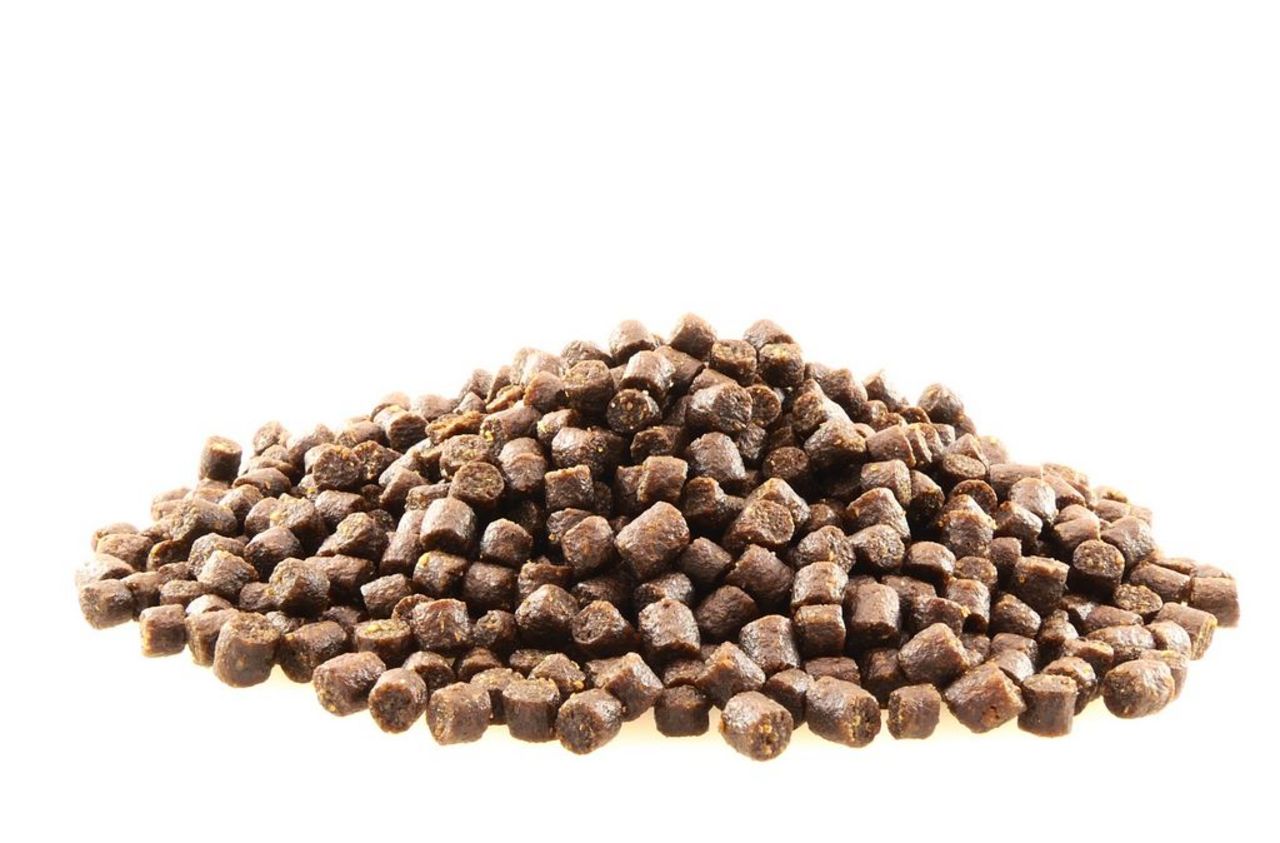Project
What happens to feed-borne antioxidants?

What happens to feed-borne antioxidants?
Fish is widely regarded as a healthy food. This is not least due to the polyunsaturated fatty acids, especially the omega-3 fatty acids. These come from the fish feed. To protect these fatty acids from decay, antioxidants are added to the fish feed. In our project we are investigating whether antioxidants from fish feed accumulate in the water of recirculation aquaculture systems and in the fish bodies.
Background and Objective
Fish absorb the omega-3 fatty acids, which are abundantly contained in marine fish, through their diet. In nature, omega-3 fatty acids are produced by marine microalgae. These microalgae form the basis for zooplankton. Small pelagic fish feed on zooplankton and serve again as food for predatory fish. This is how omega-3 fatty acids get into the fish. In aquaculture, fish meal and fish oil are added to fish feed, albeit to a much lesser extent than years ago.
The fish oil added to fish feed is rich in polyunsaturated omega-3 fatty acids. The omega-3 fatty acids, however, are not very stable and react, for example, with oxygen, which spoils the oil and makes it rancid. In addition to the resulting gradual decay of the fish feed, the positive effects of omega-3 fatty acids for human nutrition are lost, as the unsaturated compounds are destroyed by this process. Antioxidants are therefore added to fish feed to preserve the health benefits of omega-3 fatty acids in fish oil. It is still unclear whether and to what extent these antioxidants accumulate in fish as well as in the water of recirculating aquaculture systems used for rearing.
Approach
Within our experiment, we are investigating the fate of feed-borne antioxidants. Rainbow trout are fed under experimental conditions according to a standardised protocol. This is done once in flow-through with complete water exchange and in recirculation aquaculture systems with less than 10% water exchange. At the end of the experiments, the content of the antioxidant in the feed, in the water used for keeping the fish and in the fish bodies will be determined.
Our Research Questions
Do the antioxidants contained in fish feeds accumulate within the process water of recirculation aquaculture systems? Do the antioxidants contained in feed accumulate in the reared fish? Does the degree of accumulation differ between flow-through and recirculation aquaculture systems?
Involved Thünen-Partners
Involved external Thünen-Partners
-
Fraunhofer-IME
(Aachen, Deutschland)
Duration
5.2019 - 12.2024
More Information
Project status:
ongoing

![[Translate to English:] [Translate to English:]](/media/_processed_/2/9/csm_Embryo-Exp_Gelege_9F_dpf5-200513111619_c8534a8199.jpg)
![[Translate to English:] [Translate to English:]](/media/_processed_/2/9/csm_Embryo-Exp_Gelege_9F_dpf5-200513111619_9027994d44.jpg)

![[Translate to English:] Logo des Bundesministerium für Ernährung und Landwirtschaft](/media/allgemein/logos/BMEL_Logo.svg)